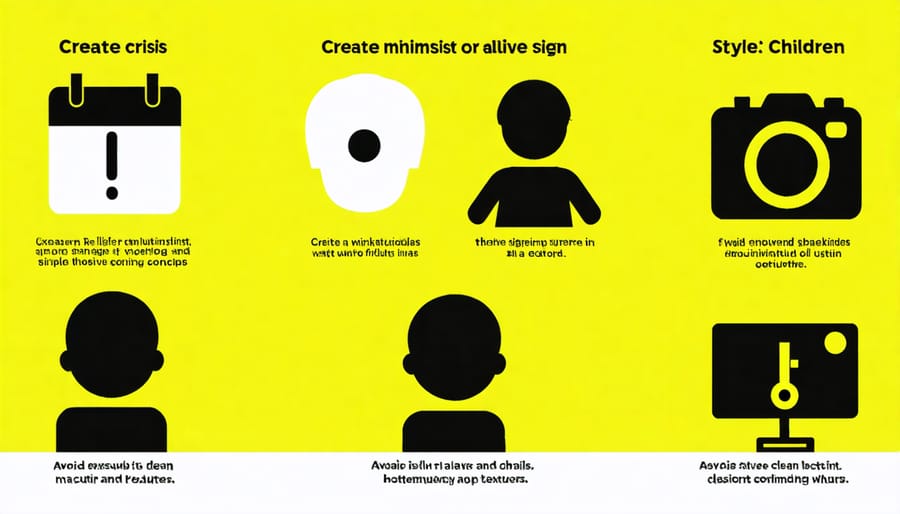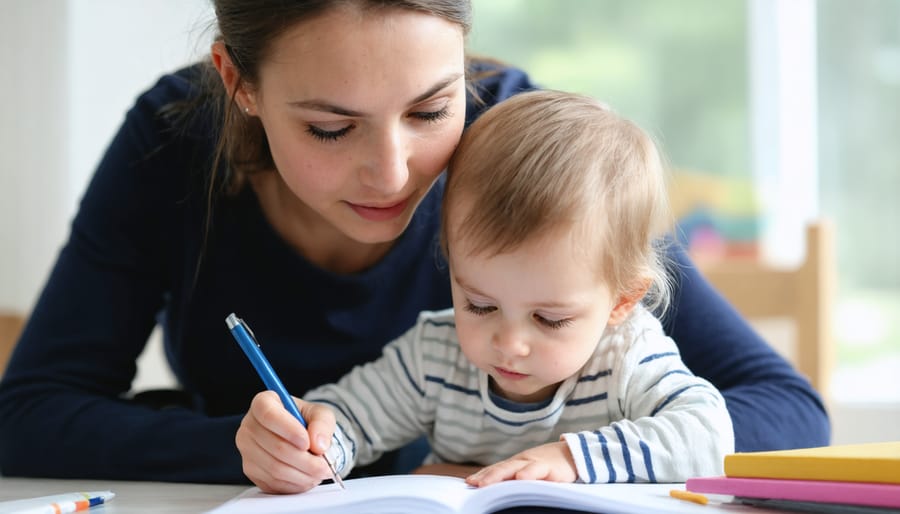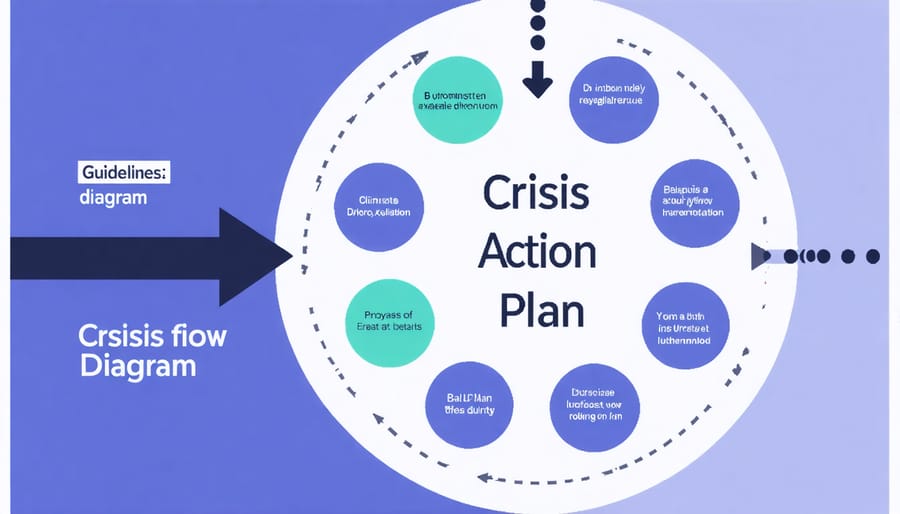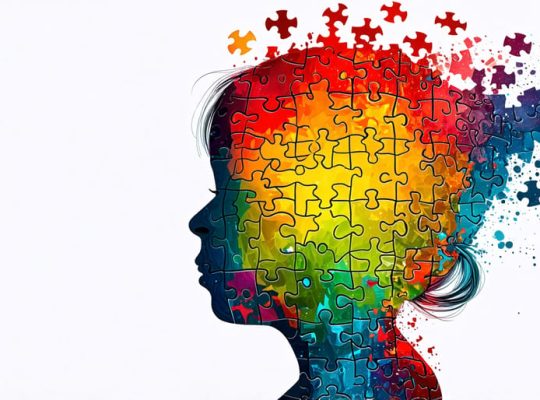When a child faces a mental health crisis, knowing the right mental health crisis techniques can make the difference between escalation and successful intervention. The 4-step crisis intervention model provides parents and caregivers with a clear, systematic approach to supporting children through their most challenging moments.
This evidence-based framework has helped countless families navigate acute emotional distress, from severe anxiety attacks to overwhelming behavioral outbursts. Whether you’re a parent, teacher, or healthcare provider, understanding these four critical steps can equip you with the confidence and competence needed to respond effectively when a child needs help most.
While every crisis is unique, this model’s flexibility allows it to be adapted for various situations while maintaining its core effectiveness. By following these structured yet compassionate guidelines, you can create a safe space for recovery while building lasting resilience in children facing mental health challenges.
Let’s explore how this proven approach can transform moments of crisis into opportunities for growth and healing, starting with the essential steps that form its foundation.
Step 1: Assess the Crisis Situation
Recognizing Warning Signs
Recognizing when a child is in crisis requires careful observation and awareness. Children often communicate their distress differently than adults, making it crucial to watch for both verbal and non-verbal signals. Common warning signs include sudden changes in behavior, such as withdrawal from favorite activities, unexpected aggression, or significant shifts in sleeping or eating patterns.
Pay attention to changes in academic performance, social interactions, or daily routines. A child might express feelings of hopelessness, make concerning statements about self-harm, or show unusual preoccupation with death. Physical symptoms like frequent headaches, stomachaches, or unexplained fatigue can also indicate emotional distress.
Other red flags include increased irritability, difficulty concentrating, extreme mood swings, or regression to behaviors typical of younger children. Watch for signs of social isolation, bullying experiences, or sudden changes in friendship patterns.
Remember that these signs rarely appear in isolation – usually, multiple indicators emerge over time. Trust your parental instinct; if something feels wrong, it’s better to seek help early rather than wait for the situation to escalate.

Safety First: Risk Assessment
When facing a crisis situation, your first priority should be assessing safety risks. Start by evaluating if there’s any immediate danger to the person in crisis or others around them. Look for warning signs such as expressions of self-harm, suicidal thoughts, or aggressive behavior.
Ask direct questions about safety concerns – remember, asking about suicidal thoughts won’t plant the idea; instead, it shows you care and want to help. Trust your instincts. If you feel the situation is beyond your capability to manage safely, don’t hesitate to seek professional help immediately.
Call emergency services if you observe:
– Direct threats of harm to self or others
– Severe disorientation or confusion
– Signs of medical emergency
– Loss of touch with reality
– Access to means of self-harm
While waiting for professional help, stay with the person if it’s safe to do so. Remove any potentially dangerous objects from the immediate environment, and maintain a calm, reassuring presence. Remember, your role is to ensure safety first – treatment and long-term solutions can come after the immediate crisis is managed.
Step 2: Establish Rapport and Communication
Creating a Safe Space
Creating a safe environment is crucial when helping someone through a crisis. Start by finding a quiet, private space away from distractions where the person can feel comfortable expressing their emotions. Speak in a calm, gentle tone and maintain appropriate eye contact to show you’re fully present and engaged.
Position yourself at the same level as the person – if they’re sitting, sit with them. This simple gesture helps establish equality and trust. Ensure there’s enough personal space while remaining close enough to provide support if needed.
Remember to validate their feelings without judgment. Simple phrases like “I hear you” or “It’s okay to feel this way” can help them feel understood and accepted. Remove any potential safety hazards from the immediate environment, and keep necessary resources within reach.
Dr. Sarah Chen, a child psychiatrist, notes: “When people feel physically and emotionally safe, they’re more likely to open up and accept help. Sometimes, just being there quietly can create that safety they need.”

Active Listening Techniques
Active listening goes beyond simply hearing your child’s words. When your child is in crisis, they need to feel truly understood and validated. Start by maintaining eye contact and getting down to their physical level – this shows you’re fully present and engaged. Use gentle nodding and brief verbal acknowledgments like “I hear you” or “I understand” to show you’re following along.
Pay attention to their non-verbal cues, as these often reveal deeper emotions that children might struggle to express verbally. Understanding these subtle signals is particularly important when dealing with childhood trauma and mental health challenges.
Reflect their feelings back to them: “It sounds like you’re feeling really scared right now.” This validation helps them feel heard and understood. Avoid interrupting or rushing to offer solutions – sometimes, children just need space to express themselves while knowing you’re there to support them unconditionally.
Step 3: Problem Exploration
Identifying Triggers
Understanding what triggers a crisis is like being a detective who pieces together important clues. Start by observing and documenting the events, emotions, or situations that occurred before the crisis began. Was there a significant change in routine, a challenging social interaction, or an overwhelming sensory experience?
Pay attention to physical signs like increased heart rate, sweating, or restlessness, as these often precede emotional outbursts. Listen carefully to what the person expresses – their words, tone, and body language can reveal valuable insights about their triggers.
Keep a simple trigger journal noting the time, place, and circumstances of each crisis episode. Look for patterns: Do incidents happen more frequently during certain times of day? In specific environments? After particular activities? This information becomes invaluable for preventing future crises and developing effective coping strategies.
Remember, triggers can be complex and may include multiple factors working together. Your compassionate observation and documentation will help create a clearer picture of what needs addressing.
Understanding Patterns
Understanding patterns in crisis situations is like putting together pieces of a puzzle that can help prevent future incidents. When working with children experiencing crises, it’s important to notice recurring triggers, situations, or behaviors that often precede difficult moments. For example, you might notice that your child becomes particularly overwhelmed during transitions between activities or shows increased anxiety before social events.
Keep a simple log of when crises occur, noting important details like time of day, recent activities, and any changes in routine. This information can be invaluable in identifying patterns and developing proactive strategies. Look for common elements such as:
– Environmental factors (noise levels, crowded spaces)
– Physical needs (hunger, tiredness, sensory overload)
– Social situations (specific relationships or interactions)
– Time-related patterns (particular days or times)
By recognizing these patterns early, you can often intervene before a situation escalates into a full crisis, making the intervention process more effective and less stressful for everyone involved.

Step 4: Action Planning
Immediate Coping Strategies
When facing an immediate crisis, it’s crucial to implement quick, effective strategies that can help stabilize the situation. Start by ensuring everyone’s physical safety by removing any potential hazards and creating a calm environment. Speaking in a soft, reassuring tone helps reduce tension and shows the person in crisis that you’re there to help.
Deep breathing exercises can be particularly effective – guide the person to take slow, deliberate breaths while maintaining gentle eye contact. Simple grounding techniques, like having them name five things they can see, four things they can touch, and three things they can hear, can help bring their focus to the present moment.
If appropriate, offer a glass of water or suggest moving to a quieter space. Remember to validate their feelings without judgment, using phrases like “I understand this is difficult” or “It’s okay to feel this way.” These immediate interventions create a foundation of trust and safety, making it easier to move forward with the next steps of crisis intervention.
Long-term Support Plan
After managing the immediate crisis, developing a comprehensive long-term support plan is crucial for preventing future incidents and promoting lasting emotional well-being. This plan typically involves regular counseling sessions, ongoing communication with mental health professionals, and adjusting parenting approaches during crisis situations. Working with school counselors, therapists, or child psychologists can provide valuable tools and coping strategies tailored to your child’s specific needs.
Consider joining support groups where both parents and children can connect with others facing similar challenges. These communities offer emotional support, practical advice, and a sense of belonging. Additionally, implementing routine check-ins, establishing consistent schedules, and creating a calm home environment can help maintain stability.
Remember to regularly review and adjust the support plan as your child grows and their needs change. This flexibility ensures the continued effectiveness of intervention strategies while building resilience for the future.
In times of crisis, remembering and applying the 4-step intervention model can make a significant difference in helping someone through their difficulties. By following these structured steps – assessing the situation, actively listening, exploring options, and creating an action plan – you can provide meaningful support while maintaining everyone’s safety and well-being.
Remember that staying calm is crucial throughout the intervention process. Your composed demeanor helps create a sense of security and stability for the person in crisis. Take deep breaths, speak in a steady voice, and maintain a reassuring presence, even if you feel anxious inside.
While this model provides valuable guidance for immediate crisis response, it’s essential to recognize when professional help is needed. If you feel overwhelmed or if the situation exceeds your capabilities, don’t hesitate to reach out to mental health professionals. They have specialized training and resources to provide comprehensive support.
By combining compassion with these structured steps, you can make a meaningful difference in someone’s life during their most challenging moments. Your intervention could be the first step toward their recovery and healing.







